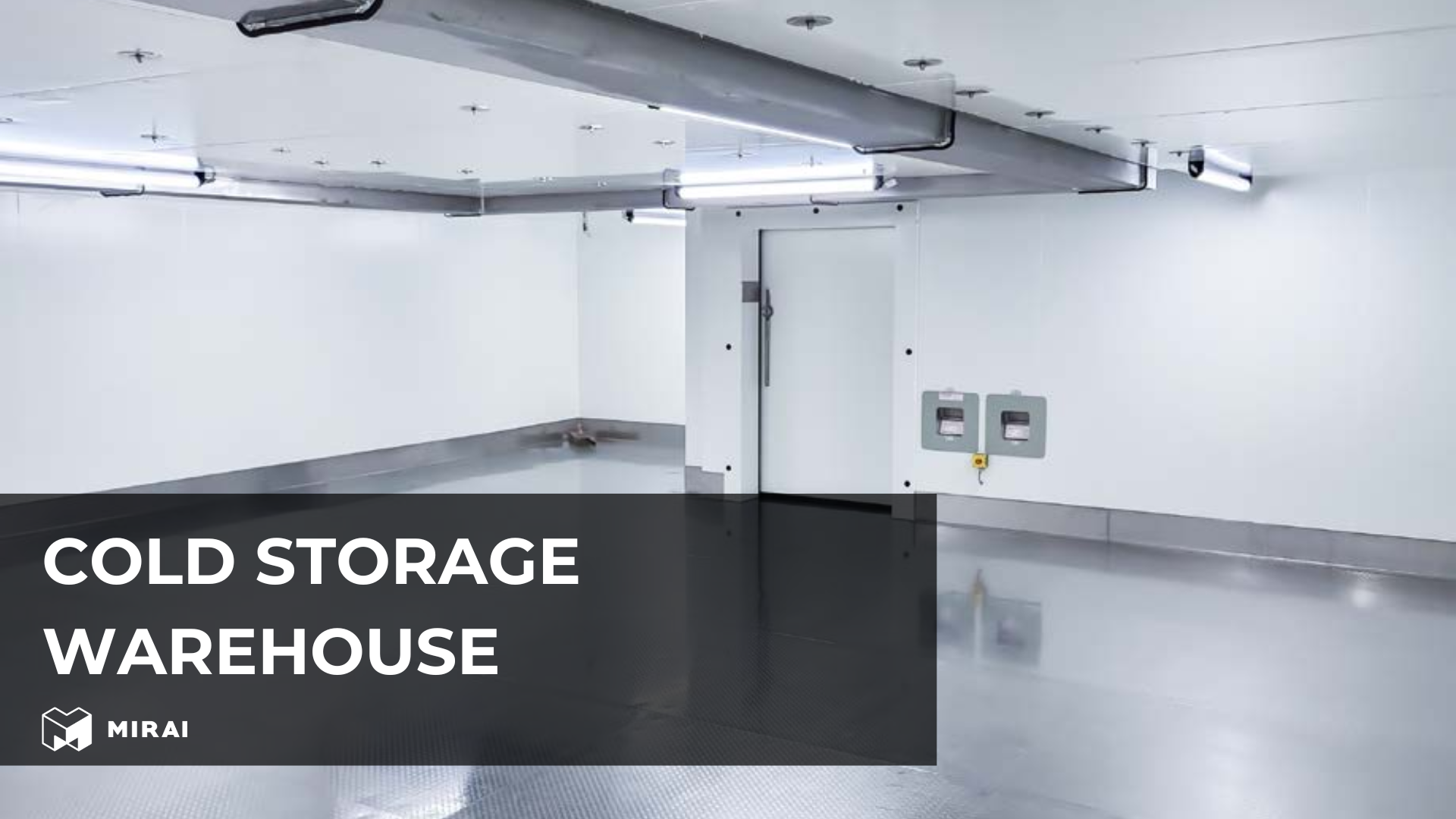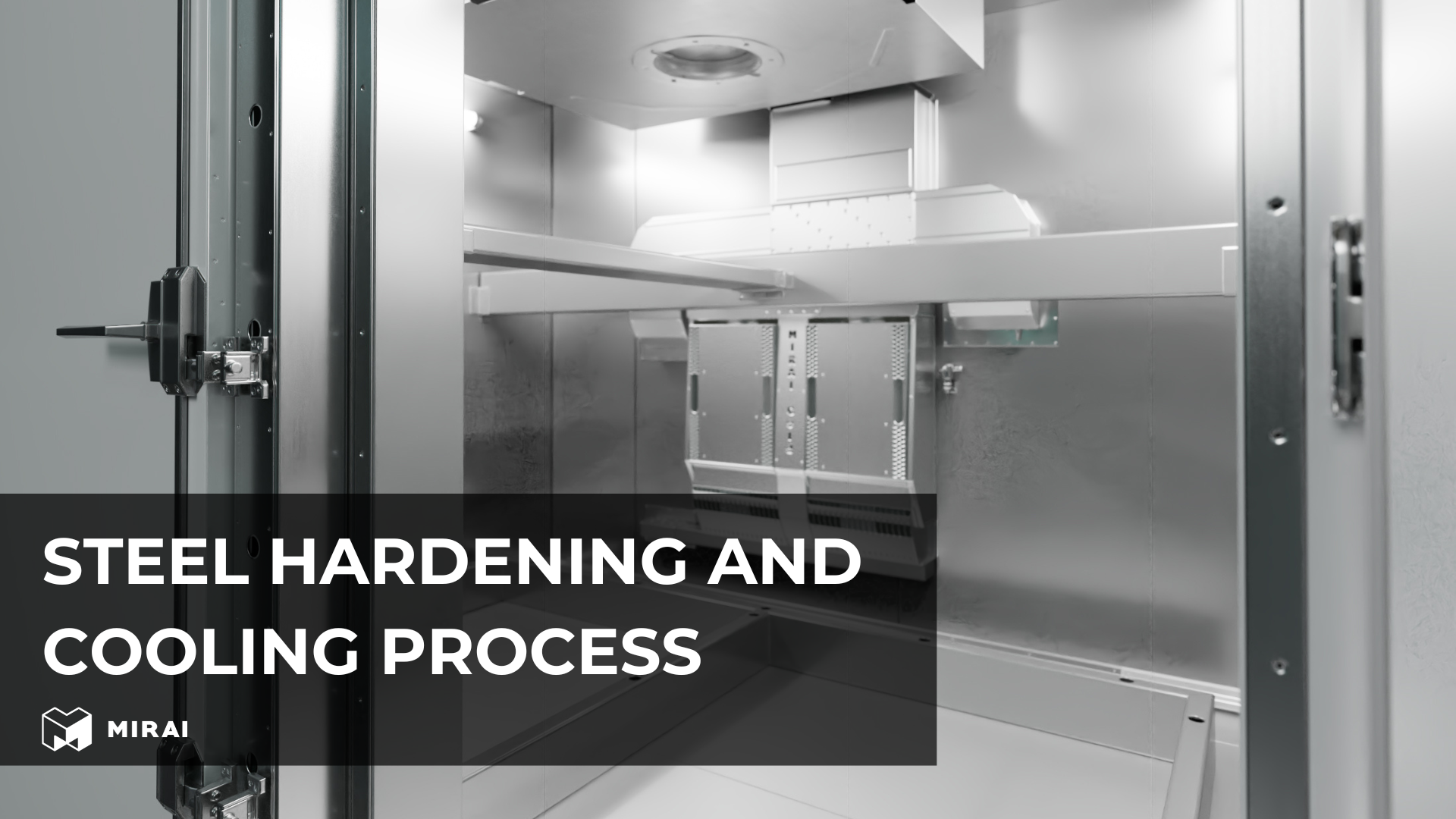Cold storage and warehousing

Cold storage warehousing is crucial in numerous industries for preserving the quality and extending the shelf life of perishable goods. These specialized warehouses maintain controlled environments to store items such as food, pharmaceuticals, and chemicals. The primary purpose of a freezer cold storage warehouse is to prevent the degradation of products, thus ensuring they remain safe and effective until they reach consumers. This process is integral to the logistics and distribution networks that support modern consumer demands and global trade.
Principles of Storage
Maintaining Temperature and Humidity
Maintaining precise temperatures and humidity levels is fundamental in cold storage facilities. Different products require specific conditions to optimize preservation and maintain their quality. For instance, fresh produce might need different conditions compared to frozen food items. This precise control helps in extending the freshness and usability of products, reducing waste significantly. Effective management of these environmental parameters not only enhances the shelf life of perishables but also ensures that nutritional values are retained as long as possible. Additionally, advanced monitoring systems are increasingly being utilized to constantly check and adjust these conditions, providing real-time data to facility managers to prevent any deviation that might affect the stored goods' quality.
Ensuring Hygienic Conditions
Hygiene is paramount in cold storage environments, particularly in spaces where food products and pharmaceuticals are stored. To safeguard the integrity and safety of these items, facilities are required to adhere to stringent hygiene standards. These standards are critical for preventing contamination and ensuring compliance with national and international health regulations. Regular cleaning and disinfection processes are mandatory, involving the use of approved cleaning agents and methods that eliminate pathogens and prevent their spread. Additionally, facilities must engage in careful monitoring of storage conditions, including temperature and humidity levels, to maintain an environment that discourages bacterial growth and cross-contamination. Periodic audits and inspections by regulatory bodies ensure that these practices are consistently applied and that the facility remains compliant with all hygiene requirements. This rigorous approach to maintaining hygiene helps protect consumer health and upholds the facility's reputation for safety and quality.
Types of Cold Storage
Natural Cooling
Natural cooling involves techniques such as using naturally cold air or water sources to cool an area, harnessing environmental conditions instead of relying on artificial cooling systems. This method, which includes the traditional use of ice houses or underground cellars, capitalizes on the cooler temperatures found below the earth's surface or in naturally shaded areas. It is more commonly employed in smaller or more traditional operations, where the scale of cooling needs allows for such eco-friendly approaches. Additionally, natural cooling techniques can also include the strategic placement of buildings to maximize shade from trees or other structures, and the use of materials with high thermal mass that can absorb and slowly release cool temperatures over time. This not only reduces energy consumption but also minimizes the environmental impact associated with mechanical cooling systems. As sustainability becomes more critical, natural cooling methods are gaining renewed interest for their low-cost and low-energy solutions to temperature management.
Artificial Cooling
Artificial cooling is the backbone of modern cold storage and involves the use of technology to create and maintain the desired conditions. This includes a wide range of systems like air conditioners, refrigeration units, and specialized cold storage HVAC systems that can be precisely controlled to maintain optimal conditions year-round.
What Can Be Stored - Types of Goods
Cold storage facilities are versatile and can house various types of goods. Commonly stored items include:
- Food Products: Everything from fresh fruits and vegetables to frozen items and perishable foodstuffs.
- Pharmaceuticals: Many medicines and vaccines require refrigeration to maintain their efficacy.
- Photographic Materials: Certain photographic supplies must be kept cool to preserve their quality.
- Chemicals: Some industrial chemicals require cold conditions to remain stable.
Technologies
Chambers, Containers, Showcases, Installations
Innovative solutions in cold storage include modular storage chambers, portable containers, specialized display showcases for retail, and entire cold storage installations tailored to specific business requirements. These technologies allow for the flexible and scalable storage of goods, crucial for businesses to adapt to market demands and seasonal fluctuations.яч
Equipment
Compressors, Evaporators, Condensers, Thermostats
The backbone of any artificial cooling system includes compressors that compress the refrigerant, evaporators that absorb heat from the enclosure, condensers that expel the absorbed heat, and thermostats that regulate the temperatures. Efficient operation of these components is crucial for maintaining the cold chain integrity.
MIRAI Products in Cold Storage
Mirai Intex has extensive experience in storage related projects. The Mirai Cold open cycle machines and the new X Cryo range are ideal for projects such as pharmaceutical and bio storage, material storage, climate testing and classic storage at ultra low temperatures. In addition, the machines are very easy to operate and have built-in monitoring for temperature control. Most of the projects have been realized in pharma storage, but this proves once again that Mirai Intex has no comparable solutions in terms of reliability. In addition, the machines have great temperature control, which makes working with them a pleasure. Mirai machines can maintain temperature control within 0.5 degrees, even when the load on the machine changes dramatically, as well as 0.025 degrees when the machine is idling.
Precautions
Safety and operational precautions are critical in managing a cold storage warehouse. These include ensuring proper insulation to prevent heat ingress, regular maintenance of refrigeration units to prevent failures, and adherence to safety protocols to protect workers from hypothermia or accidents in cold conditions.
Industry Outlook
The demand for cold storage and warehousing services is expected to grow, driven by increasing global food consumption, rising pharmaceutical sales, and advancements in biotechnology. The industry is also seeing a shift towards more sustainable and energy-efficient practices, which is prompting innovation in refrigeration technologies and facility design. As businesses continue to seek improved logistics and distribution methods, the role of advanced cold storage solutions will become increasingly important in the global supply chain.
In conclusion, cold storage warehouses play an indispensable role in today's global economy, enabling the safe storage and distribution of perishable goods across vast distances. With continuous advancements in technology and equipment, coupled with stringent operational protocols, the cold storage industry is set to meet the evolving demands of modern industries effectively.

